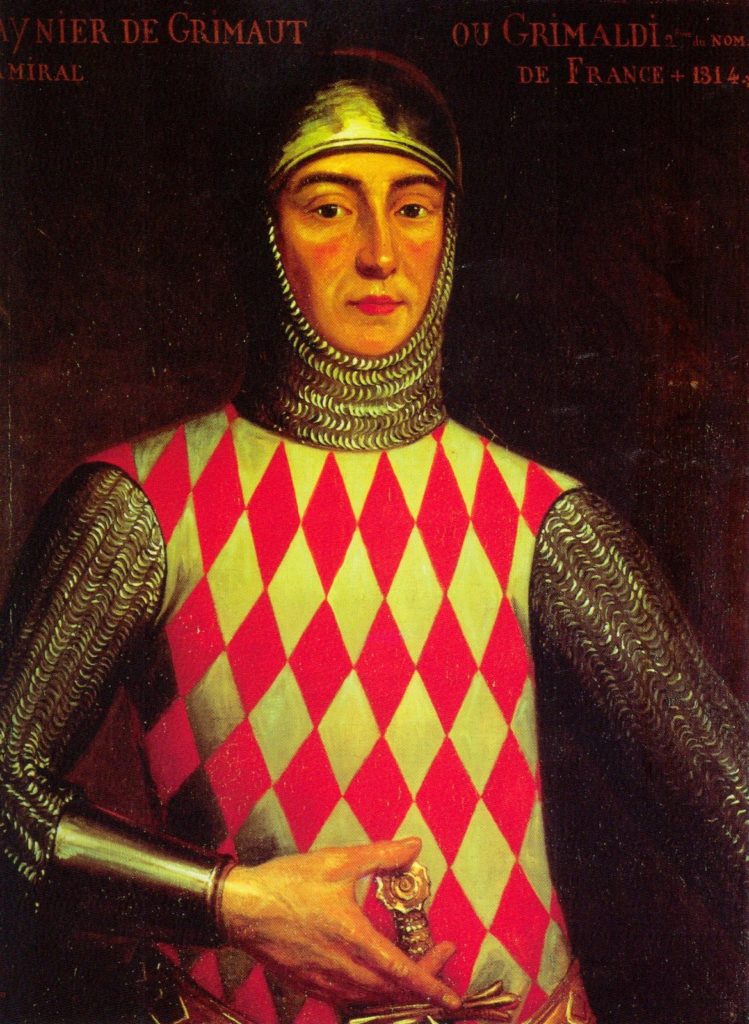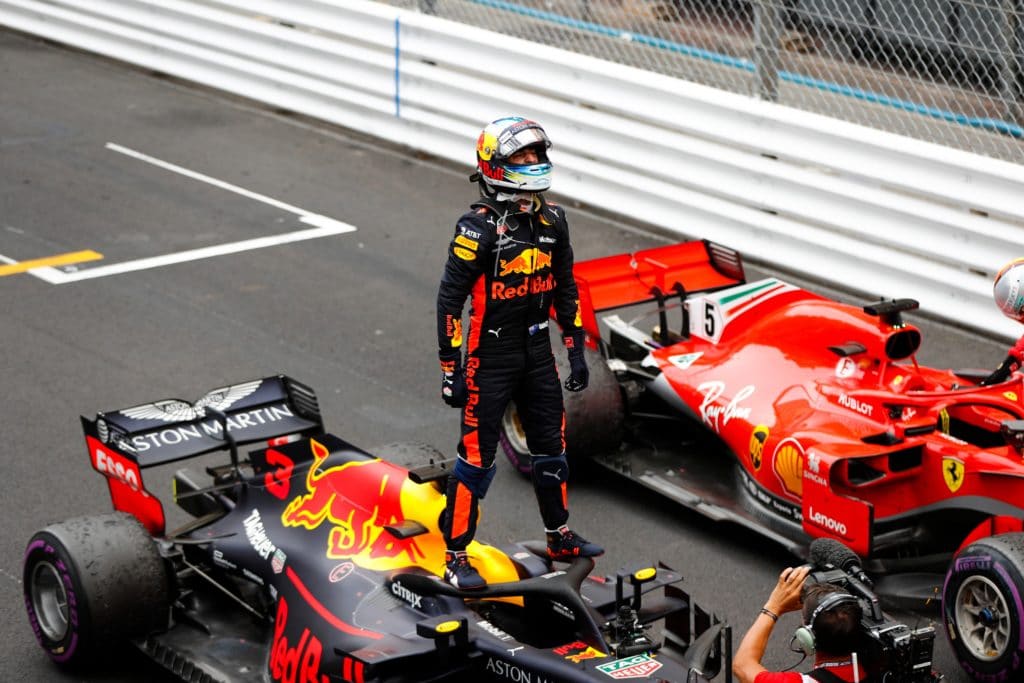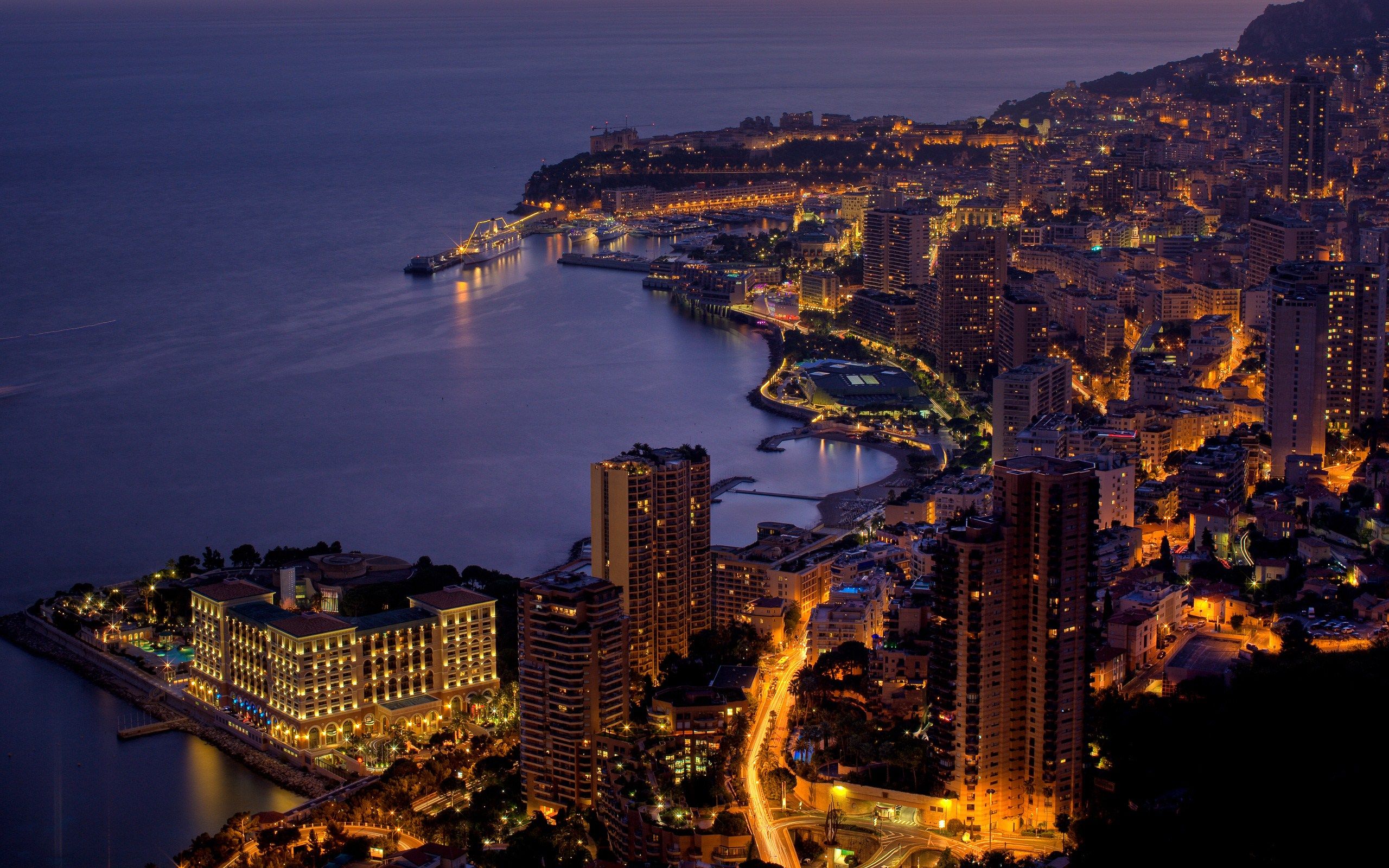The history of Monaco is something of an anomaly, continually straddling the line somewhere between city and country.
It’s an interesting ethnic mix of Spanish, French, and Italian. It uses the Euro currency (while not actually being part of the EU). It’s technically run by a Prince… and it just happens to be one of the wealthiest places in the world.
And as you’ll see, it’s more than just an F1 track.
History
The history of Monaco began in Ancient Greece when the area was referred to by the ancient coastal Ligurians as Monoikos, which directly translates to “single house.”
The translation is also understood to be interpreted as “living apart” from others. Considering that ancient Monaco was on the very edge of the world for the Ancient Greeks, this translation makes sense.
As time progressed, the area was ruled over by the waning Holy Roman Empire before being contested by the Italian Grimaldi family — who still technically reign over Monaco.

The Republic of Genoa, which encompassed Monaco and its surrounding areas, began a trend of recognising the land’s autonomy.
As the Republic fell, Spain, France, and Italy continued to recognise the Grimaldi’s rite to Monaco and allowed them to govern the independent state.
Through the French Revolution and the rule of Napoleon I, Monaco was annexed. The French continued to wax and wane in their support of an independent Monaco until both nations fell under the bootheel of Hitler’s war machine in 1940. The atrocity removed much of the Jewish influence of the city-state but since its liberation in 1944, Monaco has remained relatively independent.
Since 1911, Monaco has been maintained and administered by a constitutional monarchy with Albert II as the current ruling Prince.
Economy
Thanks to the extremely fortunate and lucrative history of Monaco, back in 2019, the country was named the third highest GDP per capita in the world (behind Liechtenstein and Qatar) at US$115,700. The nation-state also had an unemployment rate of just 2% and the lowest poverty rate in the world. Perhaps most spectacularly, Monaco has the highest number of millionaires and billionaires per capita.

The attraction to Monaco for this breed of affluent individuals is due mainly to two factors: economic and lifestyle.
Firstly, Monaco has never laid taxes on individuals, making it one of the most appealing tax havens in the world. The principality avoids this tax disparity by implementing a high social insurance tax, payable by employers and employees alike.
Secondly, Monaco’s sublime natural weather and border with the Mediterranean are undoubtedly attractive.
An emphasis on a lavish lifestyle is also reinforced by Monaco’s incredibly strong tourist sector, which pays for itself through the nation’s lax gambling laws and regulations. Millionaires come to Monaco to spend millions. Theoretically, it’s the perfect destination for Formula 1.
Formula 1
The Monaco Grand Prix has played host to the finest leg of the annual F1 calendar.
Beginning in 1929, Monaco cemented itself as the most premium of all F1 locations — so much so that it is considered to be part of the Triple Crown of Motorsport, alongside Le Mans and the Indianapolis 500.
Although the original race predates the current F1 competition, Monaco is synonymous with the World Championship today. Anthony Noghès, with the blessing of Prince Louis II, initiated the first race in the city. Noghès also garnered support from the legendary Louis Chiron, the man who would go on to be the only Monaco local to ever win the event.
The winner of the first race was William Grover-Williams driving a Bugatti Type 35B (pictured below).

Since 1955 the Monaco Grand Prix has consistently been a part of the Formula 1 World Championships as a strong, luxurious staple for the sport. Chiron, at age 56, was still a strong competitor in the field but ultimately it was the French Maurice Trintignant who won the first Formula 1 event.
Through the 1960s, “Mr Monaco” (AKA Graham Hill) won the event five times. Though it’s none other than the legendary Ayrton Senna who holds the record for most wins in Monaco at six.
With its tight corners and narrow roads, the Monte Carlo track is especially unique in comparison with the other destinations. Due to the low speeds required to navigate the course, modern drivers such as Sir Lewis Hamilton have deemed the track to be “boring.”

But as we all know, the Monaco Grand Prix has become more than just another leg of the F1. And the aesthetic and vibe of the race is far from “boring.”
Monaco represents the opulence and success that the city has accrued throughout its long and complicated history. And like Formula 1, Monaco has a history of prestige, beauty, and excellence.
For some of the most glorious F1 Monaco memories, revisit the time Kimi Raikkonen retired from the Monaco GP and walked straight onto his yacht.
















